The Big Apple
Origin of New York City’s Nickname “The Big Apple”
We deal here with a multi-stage development. During the 1870s, Big Red Delicious apples were developed in Iowa, greatly increasing the already considerable importance of apples in popular consciousness. This led to the colloquialism “big apple” meaning “big shot” and “the big time,” neither of which is current anymore, but both are attested in the early twentieth century.
By the 1920s, the meaning “the big time” was applied to the NYC horseracing tracks, and two columns by Morning Telegraph turf reporter John J. Fitz Gerald clarify his key role in this development: Feb. 18, 1924 and Dec. 1, 1926. The story begins with Fitz Gerald overhearing a conversation of two or three stable hands in New Orleans. In the 1924 account it’s just two. In the 1926 account a boy from an adjoining barn called over to two other stable hands: “Where are you shipping after the meeting?” To which the reply came: “Why we ain’t no bullring stable; we’s goin’ to ‘the big apple’.” (“bull” = derogatory term for a horse). Clearly the stable hand meant he was going to the big time in horseracing.
This conversation occurred January 13th or 14th, 1920, and the two stable hands were African-Americans – “dusky” as described in the 1924 column. They therefore deserve mention in any compilation of African-American contributions to the English language.
Fitz Gerald was certain they were referring to the NYC racetracks. He liked the sound of it, and adopted “the big apple” as a sobriquet for the NYC racetracks in his newspaper columns. Over a period of several years, the sobriquet won acceptance, and in 1926 Fitz Gerald described it as “his phrase.” Recognition came in 1997 when Fitz Gerald’s last residence, at Broadway and West 54th Street in Manhattan, was honored with a “Big Apple Corner” street sign.
In the 1930s “The Big Apple” (and usually, for short, “the Apple”) was picked up by black jazz musicians to refer to NYC in general (and Harlem in particular) as the place where the greatest jazz in the world was being played. “The big apple” had retained overtones of “the big time,” and this may have facilitated the transfer of the term to jazz (NYC as the big time in jazz).
A bar called “The Big Apple,” at Seventh Avenue and West 135th Street in Harlem, existed briefly from 1934. An iconic upside-down apple at the entrance remained until 2006, when a Popeye’s fast food restaurant took over the space and the façade was destroyed. A “Big Apple” dance craze—started by white college students who picked up the dance from the black patrons of Fat Sam’s “Big Apple Night Club” (Columbia, S.C.) in 1937—became the hit of Harlem, especially the Savoy, that year.
Starting in 1971 Charles Gillett (President, NY Convention and Visitors Bureau) revived “The Big Apple” as part of a public relations campaign on behalf of NYC. Its acceptance exceeded all his expectations. Also, a colleague at the Visitors Bureau later wrote that Gillett had already been planning his campaign in 1963; Gillett told him: “…Well, Gilbert, if I ever get to run this place, I’m going to start a campaign based on—and here he gestured with both hands to indicate a banner headline in the air over his desk – ‘New York: The Big Apple.’
‘The Big Apple?’ I asked. ‘Why?’
‘It’s an old jazz musicians’ nickname for New York. They used to call it that because New York is where they’d get the best-paying jobs…’”
Thanks to:
Gerald Cohen and Barry Popik who kindly wrote this article for Apples & People
Sources:
Cohen, Gerald Leonard and Barry A. Popik 2011. Origin of New York
City’s Nickname “The Big Apple”. 2nd, revised and expanded edition.
Frankfurt am Main: Peter Lang.
Cohen, Gerald Leonard and Barry A. Popik 2015. The Big Apple. in:
Savoring Gotham (editor, Andrew Smith), Oxford U. Pr., pp. 51-52.
McShane, Larry 2021 (May 3). The birth of the Big Apple: First
mention of New York’s enduring nickname dates back 100 years.
New York Daily News, p. 3.
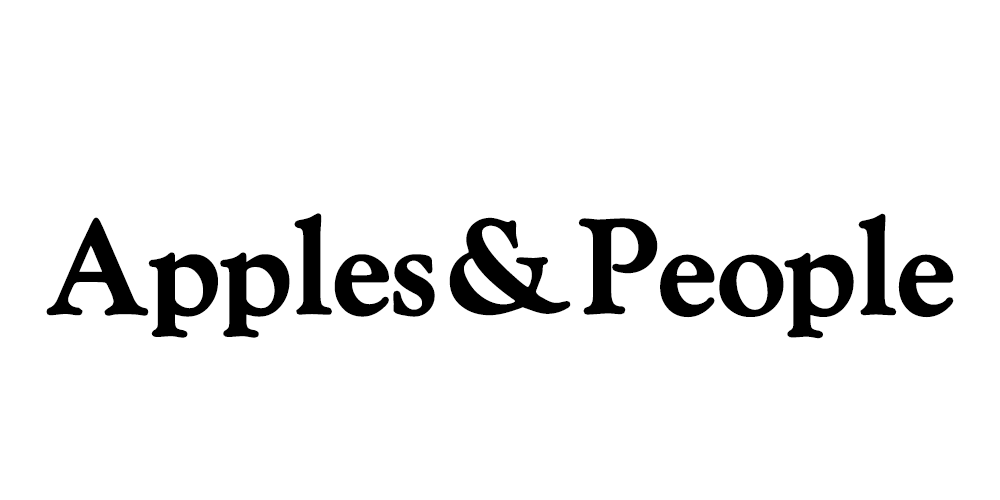
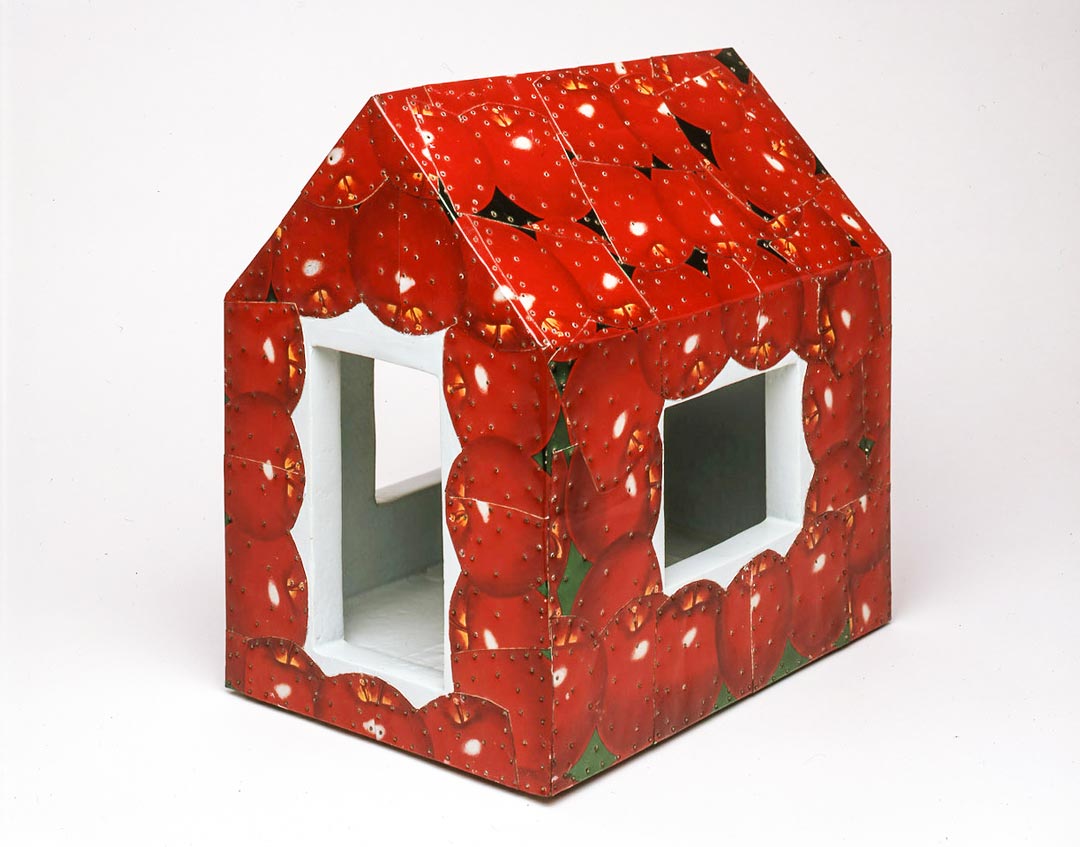

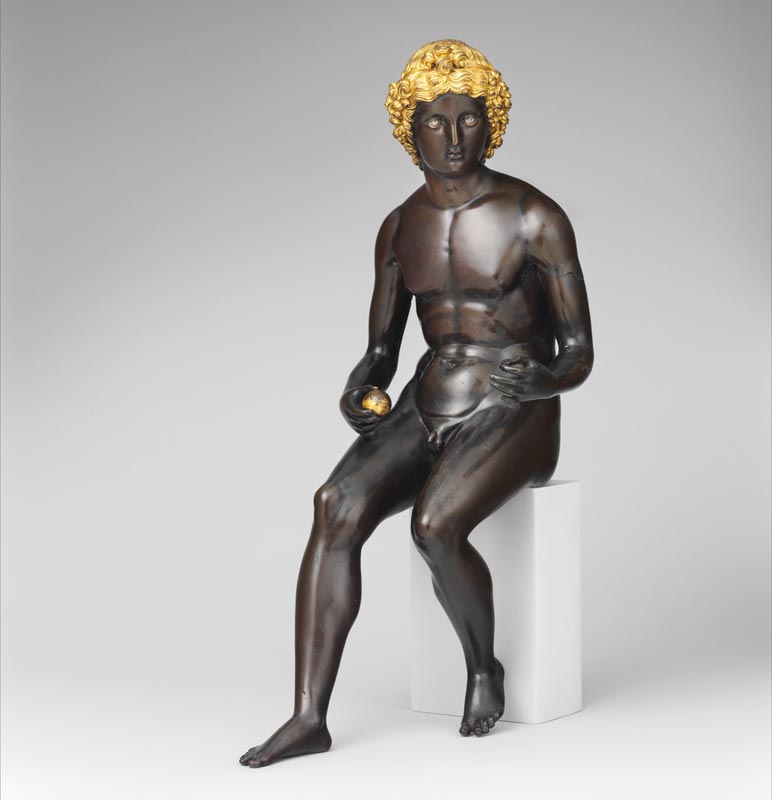
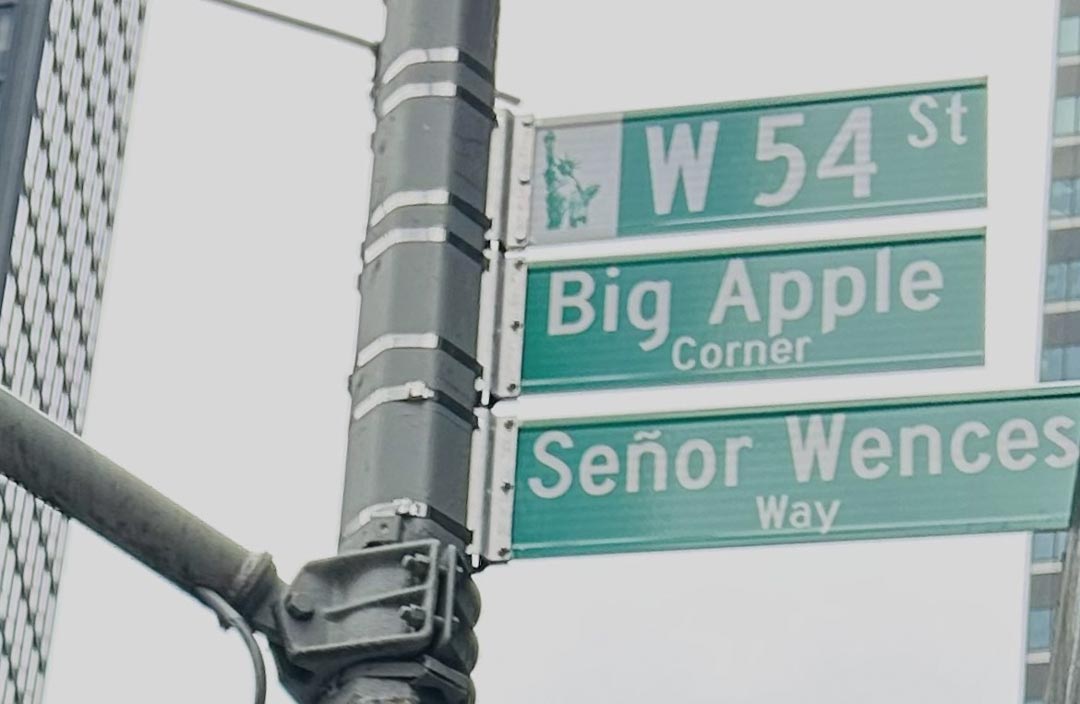
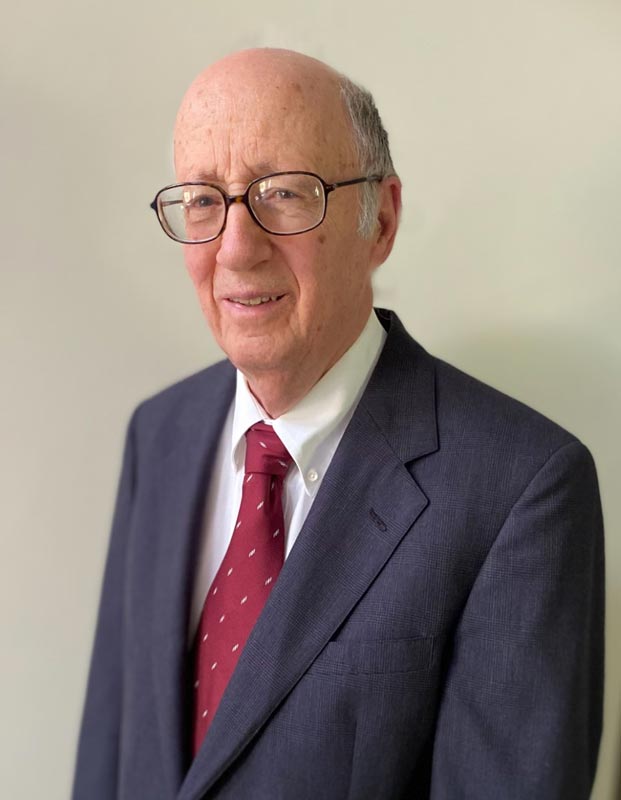



 Inspiring apples By Students at Central St Martins
Inspiring apples By Students at Central St Martins Little Apple by The Chopstick Brothers
Little Apple by The Chopstick Brothers